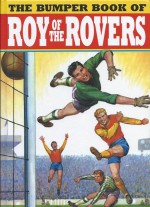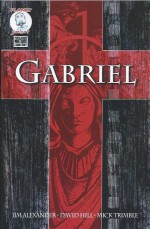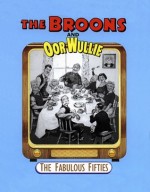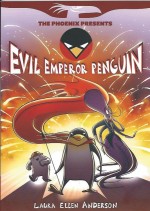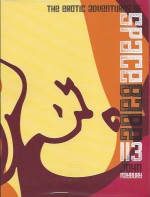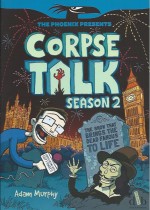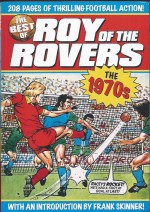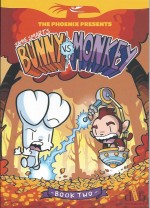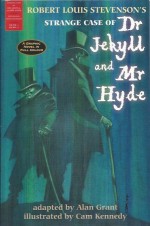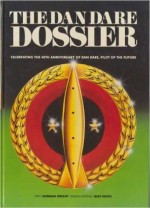
By Norman Wright, Mike Higgs & various (Hawk Books)
ISBN: 978-0-94824-812-2
Win’s Christmas Gift Recommendation: For everybody with Stars in their Eyes… 8/10
Launching on April 14th 1950 and running until 26th April 1969, Eagle was the most influential comic of post-war Britain, and possibly in our nation’s history.
It was the brainchild of a Southport vicar, the Reverend Marcus Morris, who was increasingly concerned about the detrimental effects of American comic-books on British children and wanted a good, solid, middle-class Christian antidote.
Seeking out like-minded creators he hoiked a dummy edition around British publishers for over a year with little success until he found an unlikely home at Hulton Press, a company that produced general interest magazines such as Lilliput and Picture Post.
The result was a huge hit which soon spawned age and gender-specific clones Swift, Robin and Girl which targeted the other key demographic sectors of the children’s market.
A huge number of soon-to-be prominent creative figures worked on the weekly, and although Dan Dare is deservedly revered as the star, many other strips were as popular at the time, and many even rivalled the lead in quality and entertainment value. Eagle‘s sensational pantheon – which included PC 49, Captain Pugwash, Jeff Arnold/Riders of the Range and the inimitable Harris Tweed – quickly became stars as well of radio series, books, toys, games and all other sorts of ancillary merchandising.
At its peak Eagle sold close to a million copies a week, but inevitably changing tastes and a game of “musical owners†killed the title. In 1960 Hulton sold out to Odhams, who became Longacre Press. A year later they were bought by The Daily Mirror Group who evolved into IPC. In cost-cutting exercises many later issues carried cheap Marvel Comics reprints rather than British originated material. It took time but those Yankee cultural Invaders won out in the end. With the April 26th 1969 issue Eagle was subsumed into Lion, eventually disappearing altogether. Successive generations have revived the title, but never the success.
There is precious little that I can say about Dan Dare that hasn’t been said before and better. What I will say is that everything you’ve heard is true. The vintage Dan Dare strips by Frank Hampson and his hand-picked team of dedicated artists are a high point in world, let alone British comics, ranking beside Tintin, Asterix, Tetsuwan Atomu, Lone Wolf & Cub and the best of Kirby, Adams, Toth, Noel Sickles, Milt Caniff, Elzie Segar and Carl Barks.
If you don’t like this stuff, there’s probably nothing any of us can do to change your mind, and all we can do is hope you never breed.
Accepting that there is a part of national culture which is Forever Dare, here’s a long overdue peek at an item which will delight all boys of a certain age which – despite its own vintage – is happily still readily available through internet vendors…
The colourful, magnificently oversized (333 x 242 mm), resolutely hard-backed Dan Dare Dossier was published in 1990 and offers everything any devotee could wish to know and see. It is absolutely packed with mouth-watering artwork and photos, tantalising examples of memorabilia, classic strips and even unseen/new material by a phalanx of the original creators.
Heavily illustrated throughout, it all begins with ‘The Rise of Dan Dare’, detailing the history of science fiction, development of comics – and especially Eagle – and offering a potted biography of Hampson, his team and Dan’s serried exploits.
Simultaneously those great big pages present unseen monochrome strip adventure ‘Dan & Donanza’ by the master himself, wherein our doughty heroes go haring across the solar system in pursuit of a fallen dictator who has turned the moon into a giant bomb…
Following that is an expansive itinerary of the major characters involved over the years in ‘Actors against a Solar Backdrop’ before ‘The Hardware File’ offers an eye-popping selection of plans, designs and extracted strip illustrations displaying the vast wealth of ships, kit and tech invented by the assembled strip-creators over the decades and paying especial attention to Space Transports and Dan and Digby’s venerable runabout Anastasia.
More bravura virtuosity is celebrated in ‘Aliens & Their Worlds’ as pertinent and beautiful clips and snippets highlight the amazing variety of extraterrestrial races and species.
Sharing a few pages with new black-&-white comedic strip ‘Digby – the Guinea Pig’ is a rundown of some of ‘The Artists’ who toiled collaboratively to produce the stunningly painted two pages per week (Hampson, Harold Johns, Eric Eden, Don Harley, Bruce Cornwell, Desmond Walduck, Frank Bellamy and Keith Watson); followed in turn by a fascinating trivia and memorabilia stuffed appreciation of the dauntless chaps’ five years on radio in ‘Dan Dare, Pilot of the Airwaves’…
Wisely taking a break from all that factual stuff, ‘Full Colour Adventure: Dan Dare in The Planulid’ reprints a rousing tale of a monstrous invasion of Earth (first seen in The Dan Dare Space Annual 1963) before the rousing envy-fest resumes with a grand examination of the breathtaking wealth of ‘Merchandise & Ephemera’ the strip generated.
On view is a procession of numerous ray guns and rocket pistols, games, puzzles, buttons, badges, stencil-kits, apparel, models, action-figures, home picture-film strips and projectors, walkie-talkies, all manner of books and print novelties and so much more…
Adjacent and in parallel with a full ‘Dan Dare Chronology’ is the immensely rare and sadly unappreciated Newspaper Strip ‘Mission to the Stars’ by William Patterson & Don Harley, which ran every Sunday in The People from April to October 1964, all capped off by the demise of the dream thanks to changing tastes and commercial mismanagement as detailed in ‘Changes – the Long Decline’…
Downhearted spirits are properly revived by another ‘Full Colour Adventure’ from The Dan Dare Space Annual 1963, specifically ‘The Planet of Shadows’ wherein our gallant lads uncover a lost civilisation on a new world after which ‘Dan Dare – to Date’ describes our hero’s 1977 resurrection in the pages of apocalyptic, dystopian 2000 AD. Reimagined as a bombastic rebel, the article tracks his slow rehabilitation and transition to the newly revived 1982 Eagle, before neatly segueing into a delightful reprint of one of those 80’s retro-exploits as ‘Dan Dare by Keith Watson’ depicts a hazardous mission by the Space Fleet stars to transport Earth’s radioactive waste stockpiles to the depths of space. It’s hard enough as is but things get particularly dicey when arch-nemesis The Mekon raises his giant green head…
Big, bold, beautiful and ruthlessly nostalgia-driven, this epic tome will utterly enchant veterans of the Baby-boomer years and sci fi fanatics in general, but it’s also packed with enough top flight comics material to beguile any kid or newcomer to our medium in search of a little simple, awestruck wonder…
This edition © 1990 Hawk Books Ltd. Dan Dare © 1990 Fleetway Publications.

